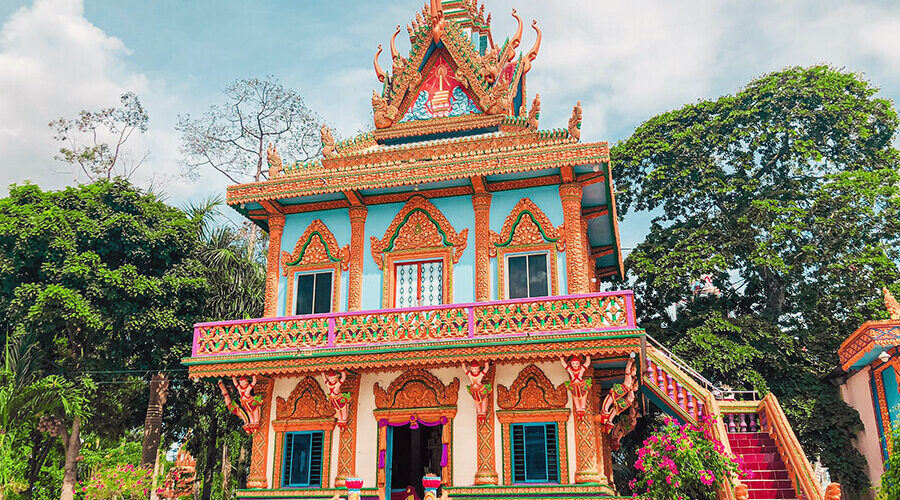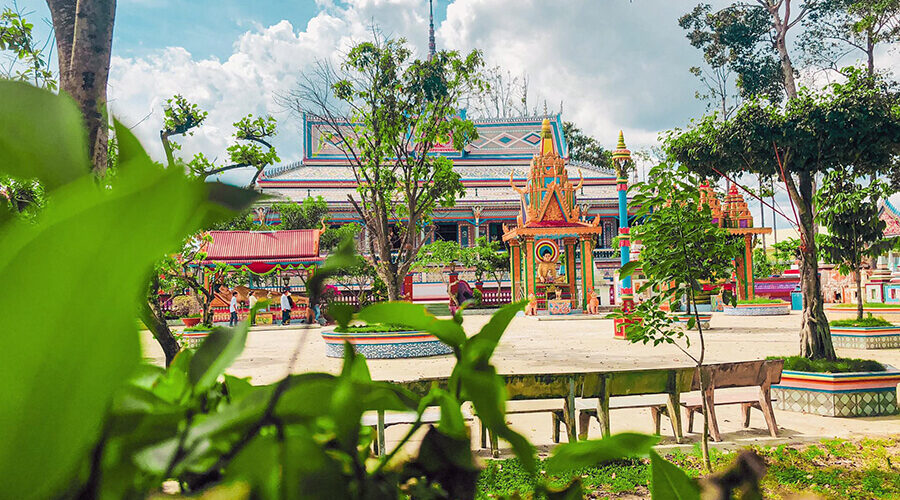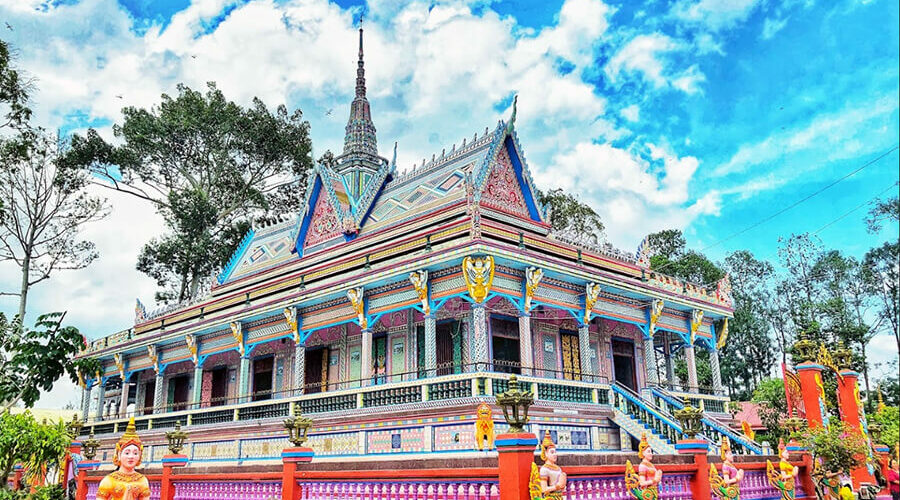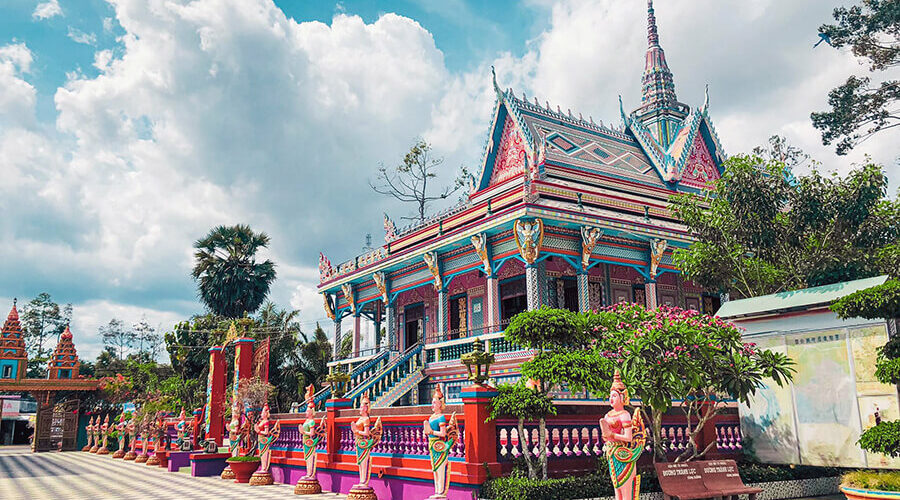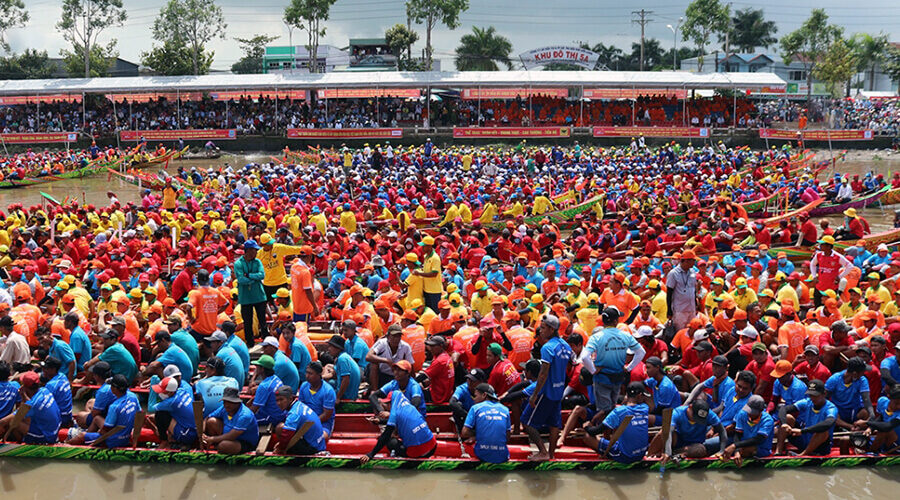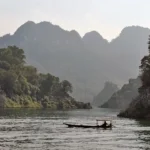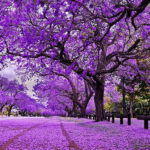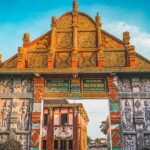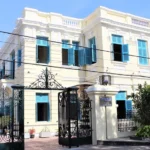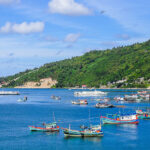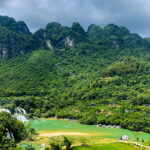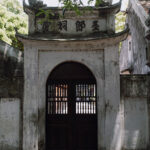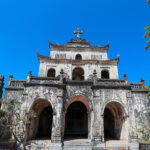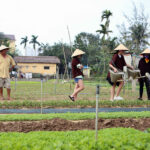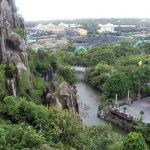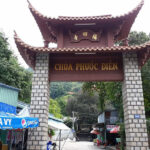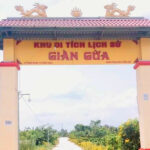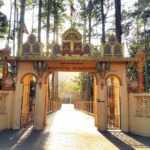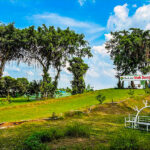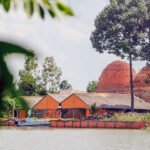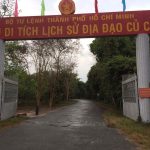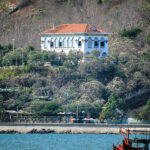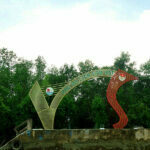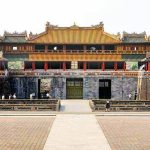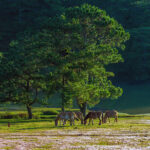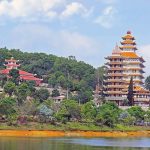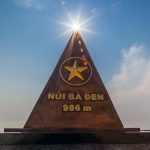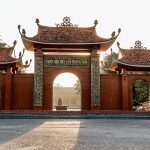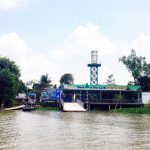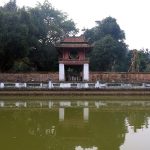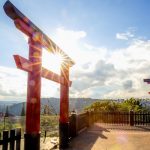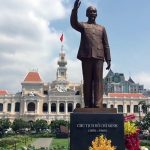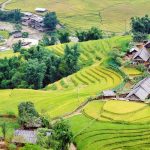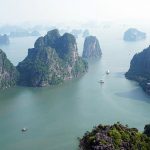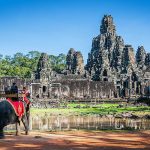Chen Kieu Pagoda (Vientamese: Chùa Chén Kiểu, chùa means pagoda; Khmer: Sro Lon) is an artistic architectural work with unique aesthetic value. The pagoda’s architecture, especially the main hall, was both built in accordance with traditional Khmer principles and with communication. The fusion of the architectural culture of the Kinh – Chinese people, combined with the modern pagoda building style created by Khmer artisans, has left us an extremely valuable asset.
Why the pagoda was named “Chen Kieu”?
The pagoda’s Khmer name is Wath Sro Loun. In 1815, Chen Kieu Pagoda began to be built with materials such as leaves, wood, soil… like many other Khmer pagodas. During the war, under the devastation of bombs and bullets, the main hall of the pagoda was seriously damaged. In 1969, the pagoda was rebuilt according to today’s architecture, including: main hall, stupa, place to store Buddhist scriptures, etc.

During the construction process, due to lack of materials, the monks came up with an idea. The idea is to donate cups and plates from local people to put on the wall.

This idea not only saves construction costs but also creates impressive decorative motifs. Since then, the pagoda has also been known by the people by its second name: “Chen Kieu Pagoda” (Vietnamese: Chén mean bowl, cup; and Kiểu: style).
Unique architecture of Chen Kieu Pagoda
The outstanding feature of this pagoda is the walls. It is not evenly cemented, tiled or painted like other pagodas. The walls of this pagoda are covered with pieces of cups, plates, and ceramics that look very unique but extremely beautiful and aesthetically pleasing.

Khmer artisans cleverly took advantage of these cups and plates to decorate the walls and towers, creating a harmonious and impressive architectural work. New items are placed directly on the wall, or made into convenient fences surrounding hallways or stair handrails, while broken or chipped items are arranged and assembled into fancy decorative patterns.
The first impression when entering the pagoda is the three-entrance gate with three towers carved with vibrant patterns and colors in the traditional Cambodian Angkor style.

Among the three towers, the middle tower stands out with a glass cage inside, enshrining a majestic sitting Buddha statue.
Surrounding the pagoda is a fence decorated with the image of the dancing goddess Apsara, symbolizing peace and prosperity.

On both sides of the entrance gate are two stone lion statues, facing the street as if protecting the pagoda. On the gate wall are the words Khmer and national language: “Sa Lon Pagoda (Chen Kieu)”.
Along the entrance to the pagoda are two rows of statues of the god Kayno (Kerno), these are statues with the face of the fairy Apsara – symbolizing eternal beauty and the body of the god Garuda – symbolizing strength.

Like other Khmer pagodas, the roof of Chen Kieu Pagoda consists of 3 staggered roofs, the top roof being the smallest. At the edge of each roof layer there are decorative patterns, motifs, and traditional statues of Khmer culture, carrying the wish for peace and escape.

The most outstanding and impressive architecture on the facade of the main hall is the column heads decorated with the image of the winged goddess Kayno. These statues of the goddess Kayno are in a rising position to support the roof’s fringe, creating a transition between the vertical direction of the columns and the horizontal direction of the roof.

The main hall of the pagoda is spacious and airy, with 16 rows of large columns. Around the pillars are carved and embossed with images from Khmer cultural legends.

On both sides of the wall are many paintings telling the story of Shakyamuni Buddha from birth until attainment of enlightenment. The walls and paintings are even more special when decorated and shaped with broken pieces of cups and plates.

The worship space is a complex of 20 large and small Buddha statues, with many standing, lying, and sitting positions, arranged reasonably and artistically.
In the middle of the temple yard is a flagpole with a 5-headed Nagar snake statue. Surrounding are rows of houses serving study and rest. In particular, behind the pagoda is a miniature garden. A place where stories about Shakyamuni Buddha are recreated.
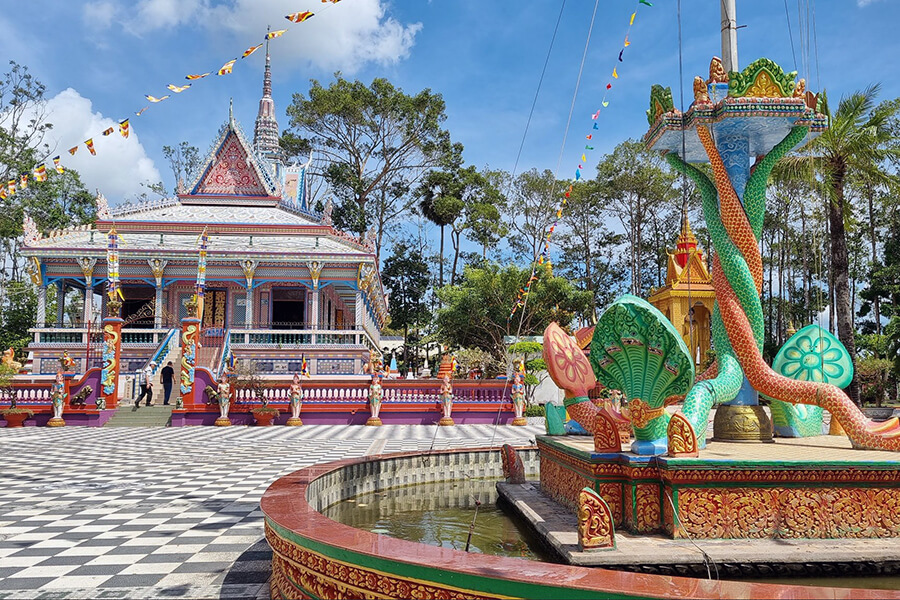
Festival at the pagoda Chen Kieu Pagoda
Every year during the Lunar New Year, the pagoda will hold an offering ceremony for fellow Buddhists to participate.
The Kathina ceremony is held within one month from September to October of the lunar calendar. Khmer people believe that whoever comes forward to offer the robe will always have good luck.

Kathina festival in Soc Trang
Ok om bok Festival – boat racing in Soc Trang held in the 10th lunar month. The largest cultural festival in the Mekong Delta attracts many tourists to participate.
Useful information:
- Best for: solo, students, pilgrims
- Location:Highway 1, My Xuyen district
- Entrance: Free
- Tourist spots nearby: Four Faces Pagoda, Bat Pagoda, Khmer Museum, Bat Pagoda, Nga Nam Floating Market, Clay Pagoda, Kh’Leang Pagoda, Som Rong Pagoda, La Han Pagoda…
Source: collected by An
Follow us for the best deal with Vietnam package tours and visa advice!




